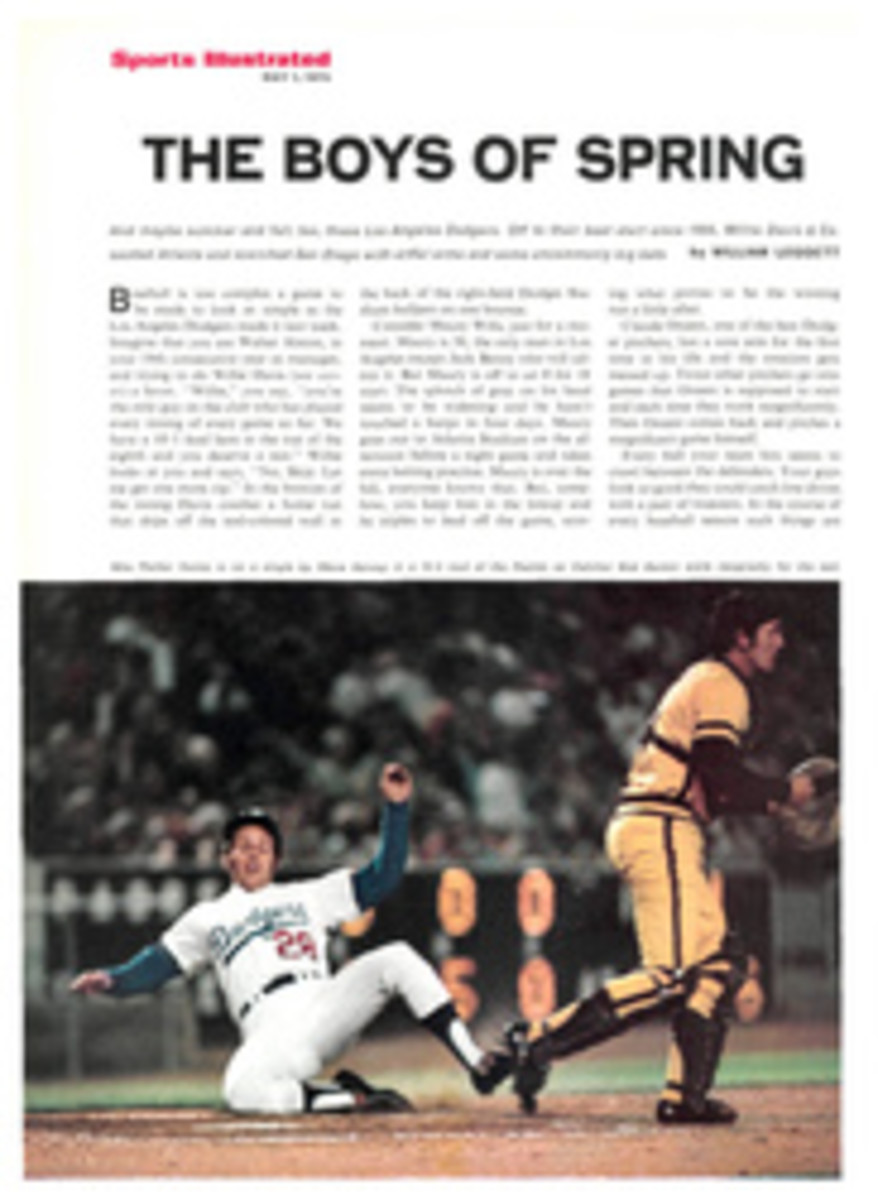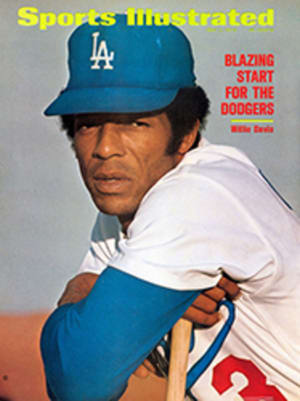
The height of self-sufficiency
To me mountaineering is always a very personal experience," said Naomi Uemura. "It is a test of myself, and one thing I loathe is to have to test myself in front of other people." The Japanese climber was speaking of his part in Japan's 1970 ascent of Mount Everest, a test of himself he had every reason to regard as successful. In 1969 the Japanese Alpine Club had invited the relatively unknown mountaineer to join his country's first expedition to Everest, and his stamina and brilliant technique had so impressed fellow members of the reconnaissance party late that year that nobody complained when, the next year, he was picked for the first assault. On the first try he succeeded in making Japan the fifth "Everest nation," but he reported that he did not feel particularly elated. Though he was the first of his expedition and his countrymen to achieve the top, he said, "When one is in a party of 39 his chance of being able to do his best is only one in 39. The more people you work with, the less chance will you have to do your very best."
The ascent of Everest is in fact the only group effort in soloist Uemura's log. In the past five years he has scaled the tops of five continents: Europe's Mont Blanc (15,781 feet), Africa's Kilimanjaro (19,565 feet), South America's Aconcagua (22,835 feet), Asia's Everest (29,028 feet) and North America's McKinley (20,320 feet)—in that order and, except for Everest, by himself. At home his compatriots, for all the national penchant for carrying almost any sport "to madness," are amazed and baffled by Uemura's solitary exploits.
A short man, even among his countrymen, the 30-year-old Uemura stands 5'3" and with his engaging grin looks about half his age. He is the sixth, and youngest, son of a small farmer in western Japan and spent his early youth close to the family rice paddies. Later, he enrolled in Tokyo's Meiji University where he joined the varsity mountaineering club, being, he says, "mainly interested in improving my skinny appearance." But once he started his initial training in the Japanese Alps he was seized by what he calls "a great big pipe dream": it was to become, in effect, a mountaineering hobo. He had discovered that he was happiest alone, "away yonder among the rocks," and he termed himself "a dropout from the pattern of life in my country, unfit for the process in Japan which to me seems only dedicated to proving the survival of the fittest." Last year Uemura assisted a pair of Britons attempting the southwest face of Everest by twice carrying oxygen supplies to them above the 27,000-foot level, himself using no oxygen at all. It is a curious comment on the times that a man so physically fit should be correct in describing himself as a probable loser in the battle for survival of the fittest, as it is currently waged. (He explains his remarkable condition thus: "I eat anything available, wherever I go around the world, and I guess I walk as much as possible every day.")
Less than a month after graduation from Meiji University, Uemura set out to realize his pipe dream. He hopped a tramp steamer for the U.S. with a $100 bill and some American coins in his pocket, and once in California he increased his amount of cash in hand to $1,000 by illegal farm work—he held only a tourist visa—on a succession of "plantations." After a year of this he took another slow boat to France, where he found a position as a ski instructor in Chamonix. Finally, on a glorious day in July 1966, the diminutive expatriate soloed to the top of Mont Blanc. One accident marred his way to the summit. He fell into a deep crevasse hidden by a thin snow cover. "For a while," he recalls, "I was convinced I would die." In a cold sweat he screamed for help, but nobody heard him, "and I thought, 'What a place to die—so far away from home.' " Somehow he managed to wiggle out and continue up the mountain.
After that, Uemura's new career proceeded with happy uneventfulness to Kilimanjaro in October 1967, and Aconcagua in February of 1968. After Aconcagua he spent perhaps the "fondest" two months of his life, rafting alone down the Amazon, all the way from the neighborhood of its Peruvian source. "Day in and day out, in and out of those marvelous rain forests, I kept feeling as though I had become part of Mother Nature," Uemura reminisces. Inspired, the solitary rafter from the other side of the world developed "an endless succession of recipes" for one item of food available to him on his crude wooden raft for much of the great river: bananas. "It was pure bliss," he recalls.
In 1970, after what he refers to as the "Everest crowd," he went to Alaska, exhilarated to find himself alone at last and on his way to the top of Mount McKinley. On Aug. 17 Talkeetna bush pilot Don Sheldon (SI, Feb. 14) dropped Uemura on the Kahiltna Glacier in the foothills of McKinley. Carrying a 10- or 12-pound silver salmon and, according to one report, a pair of sturdy 30-foot bamboo poles in case of another crevasse like the one on Mont Blanc, he climbed McKinley in eight days—with no relayed supplies. Three of the eight days he spent pinned down by a storm, without a tent. Uemura is believed to be the first successful soloist at Mount McKinley, as he was at Aconcagua.
From the apex of North America, Uemura turned his attention south again, to Antarctica, with the idea of traversing that continent "in the company of nobody but dogs for the sleigh." To get what he called a feel for the distance, he spent 52 days in the fall of 1971 trekking 1,800 miles from one end of Japan to the other, a distance almost equaling the distance to be covered in Antarctica. It is a small project (seemingly impossible, but small) compared to Sir Vivian Fuchs' run across the continent in 1957-58 for which, in addition to Sir Edmund Hillary's support unit, the Commonwealth nations provided millions for all possible sea, air and ground help. "I know I will only look like a Don Quixote, doing it with nobody but dogs," observed Uemura, but he intends to try it anyway. Why? "I would like to know the limits of human endurance—or the limits of my potential." What if he fails? "Well, I'm sure someone else will take a crack at it later." What if he dies on the proposed trip? "I'm not married and have not to worry about a wife."
None of this is satisfactory to his mother. In the course of his hike across Japan, Uemura dropped by the little town of Hidaka to visit his aging parents, and the following exchange took place.
Mrs. Uemura: "What are you doing now?"
Naomi Uemura: "Walking across the country."
Mrs. Uemura: "What for?"
Naomi Uemura: "It would take too much time for me to explain."
Mrs. Uemura: "For God's sake why don't you marry and settle down like a normal Japanese instead of endlessly fooling around!"
Respect for the advice of one's elders is not what it used to be, even in Japan. Naomi Uemura is presently on his way to Greenland to spend six months learning dogsledding from the Eskimos.
PHOTO
ON TOP OF OLD—LET'S SEE—McKINLEY, UEMURA TAKES HIS OWN PHOTOGRAPH

